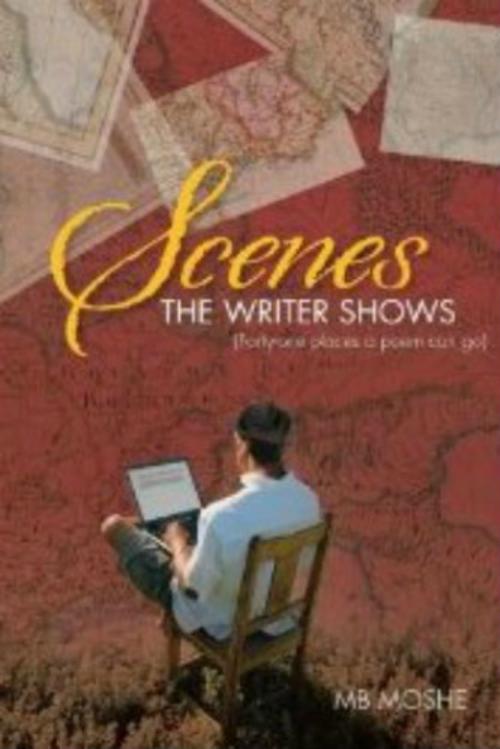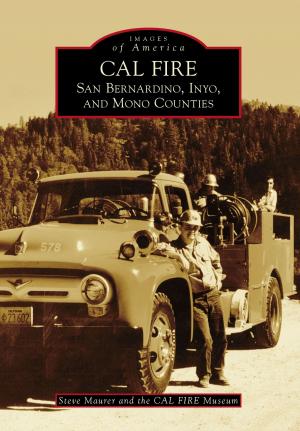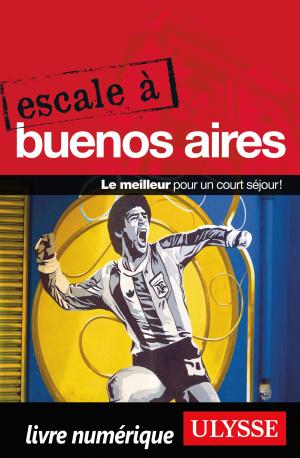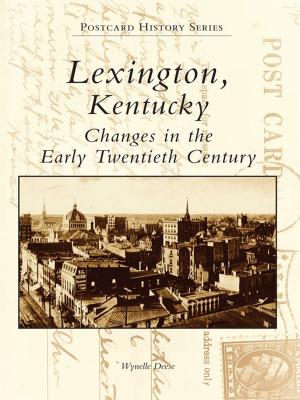Scenes the Writer Shows {Forty-one Places a Poem can go}
Fiction & Literature, Poetry, American, Nonfiction, Travel| Author: | M.B. Moshe | ISBN: | 9781310962004 |
| Publisher: | Michael P Amram | Publication: | August 19, 2015 |
| Imprint: | Smashwords Edition | Language: | English |
| Author: | M.B. Moshe |
| ISBN: | 9781310962004 |
| Publisher: | Michael P Amram |
| Publication: | August 19, 2015 |
| Imprint: | Smashwords Edition |
| Language: | English |
Scenes the Writer Shows {forty-one places a poem can go} is a collection of poems from my travels and experiences. They detail situations and moments in life—mine or someone else’s—that were either positive or negative. A few poems deal with teenage angst and issues of learning to live with how a world that sees a disability. “The Hustler” loosely mirrors my life as a disabled person in a Downtown Minneapolis. In this poem, and “Salvation for Burns,” I illustrate riding public transit and adapting to urban life:
“The bus shelter knew its place;
Its times, its sounds that gave
Excelsior Boulevard a
Bolder face that welcomed us
As summer burned its heat
The heat sweltered cadence of
Blistering skin’s appeal,
As buses’ wheels left, fleeting past
Carts homeless would lift on for free;
Sheltering cognitions,
Of grasps their fists would never be.
Uptown merges through downtown,
Routes tracing perfectly,
Hennepin Avenue’s cache;”
Word-play, meter, and music are used often to create images that draw the reader into the poem:
“She writes for him on Sunday after the church lights fade,
Then ferments the burgundy to see if wine would fade;
And she steals bread from the Eucharist and eats it while
On parade.
When she writes verses for a South American band,
A samba beat grows malignant on palms of her hands,
“Buenos Dias” is written for tides that meet Ipanema’s sand;
Now her writing is imprinted on the souls she’s saved.”
My poems take the reader from England to Scotland and Wales. They go to the Middle East and Norway, all from the streets of Minneapolis.
Scenes the Writer Shows {forty-one places a poem can go} is a collection of poems from my travels and experiences. They detail situations and moments in life—mine or someone else’s—that were either positive or negative. A few poems deal with teenage angst and issues of learning to live with how a world that sees a disability. “The Hustler” loosely mirrors my life as a disabled person in a Downtown Minneapolis. In this poem, and “Salvation for Burns,” I illustrate riding public transit and adapting to urban life:
“The bus shelter knew its place;
Its times, its sounds that gave
Excelsior Boulevard a
Bolder face that welcomed us
As summer burned its heat
The heat sweltered cadence of
Blistering skin’s appeal,
As buses’ wheels left, fleeting past
Carts homeless would lift on for free;
Sheltering cognitions,
Of grasps their fists would never be.
Uptown merges through downtown,
Routes tracing perfectly,
Hennepin Avenue’s cache;”
Word-play, meter, and music are used often to create images that draw the reader into the poem:
“She writes for him on Sunday after the church lights fade,
Then ferments the burgundy to see if wine would fade;
And she steals bread from the Eucharist and eats it while
On parade.
When she writes verses for a South American band,
A samba beat grows malignant on palms of her hands,
“Buenos Dias” is written for tides that meet Ipanema’s sand;
Now her writing is imprinted on the souls she’s saved.”
My poems take the reader from England to Scotland and Wales. They go to the Middle East and Norway, all from the streets of Minneapolis.















